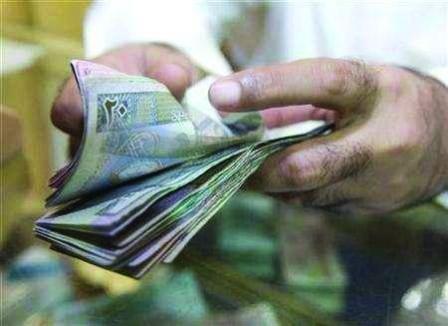CI CUTS BAHRAIN’S CURRENCY RATINGS
DT News Network
Manama
Citing deterioration in the public finances and dependence on declining oil revenues, Capital Intelligence (CI), an international credit rating agency, has downgraded Bahrain’s Long-Term Foreign and Local Currency Ratings to ‘BBB-’ from ‘BBB’.
Short term Foreign and Local Currency Ratings were downgraded to ‘A3’ from ‘A2 and outlook for ratings were revised to ‘Stable’ from ‘Negative’.
The downgrade also reflects the decrease in international oil prices and absence of offsetting fiscal measures, said a report by AMEinfo, citing CI. This has also resulted in widening Bahrain’s budget deficit to 3.6 per cent of GDP in 2014, compared to 3.3pc in the preceding year, and is on course to exceed 14pc in 2015, the statement said. The reports is based on average oil price of US$50 per barrel.
CI further said it expects Central government debt to rise 54pc of GDP in 2015 and to reach 60pc of GDP by 2017 (the debt ratio was about 21pc as recently as 2009). Gross financing needs are expected to increase to 20pc of GDP in 2015, compared to 7.5pc of GDP in 2013.
The statement also cautioned that drawing down deposits in the banking system could adversely affect the Kingdom’s banking system, as it will feed into tighter liquidity conditions. CI pointed out that general government deposits has dropped from 19.2pc of GDP in December 2013 to around 15.5pc of GDP in June 2015.
Current account balance is forecast to slide into deficit of 2.1pc of GDP in 2015, compared to a surplus of 2.5pc in 2014, on account of lower value of hydrocarbon exports. CI views that the significant decline in current account surpluses could exert significant pressure on the country’s limited reserve buffer of US$5.0 billion (circa 16pc of GDP, covering 4.5 months of imports), potentially constraining its capacity to absorb economic shocks.
In gross terms, CI said the country’s external debt has fallen from nine times GDP in 2007 to just over four times as of December 2014 due to the continued deleveraging of the wholesale banking sector. The seemingly high debt ratios reflect Bahrain’s standing as a regional financial centre, with most of the external debt stock demonstrating the foreign liabilities of foreign banks. Public external debt is more moderate, reaching 19pc of GDP in 2014. Foreign asset holdings are relatively high and both the public and banking sectors are net external creditors.
According to CI, Bahrain’s investment-grade ratings are still underpinned by several factors, including the comparatively high level of GDP per capita, the diversified nature of the economy relative to regional peers, and currently stable growth prospects. The ratings also take into account the likelihood that other members of the Gulf Cooperation Council, in particular Saudi Arabia (‘AA-’/ ‘A1+’/‘Stable’), would provide financial and other forms of support to Bahrain in the event of financial stress.
Rating outlook
The Outlook for the ratings is ‘Stable’. This means that Bahrain’s ratings are likely to remain unchanged in the next 12-24 months, provided that key credit metrics evolve as envisioned in CI’s baseline scenario. The ‘Stable’ Outlook primarily balances the deterioration in the public finances and external balances with the availability of assistance from neighbouring countries.
Related Posts

